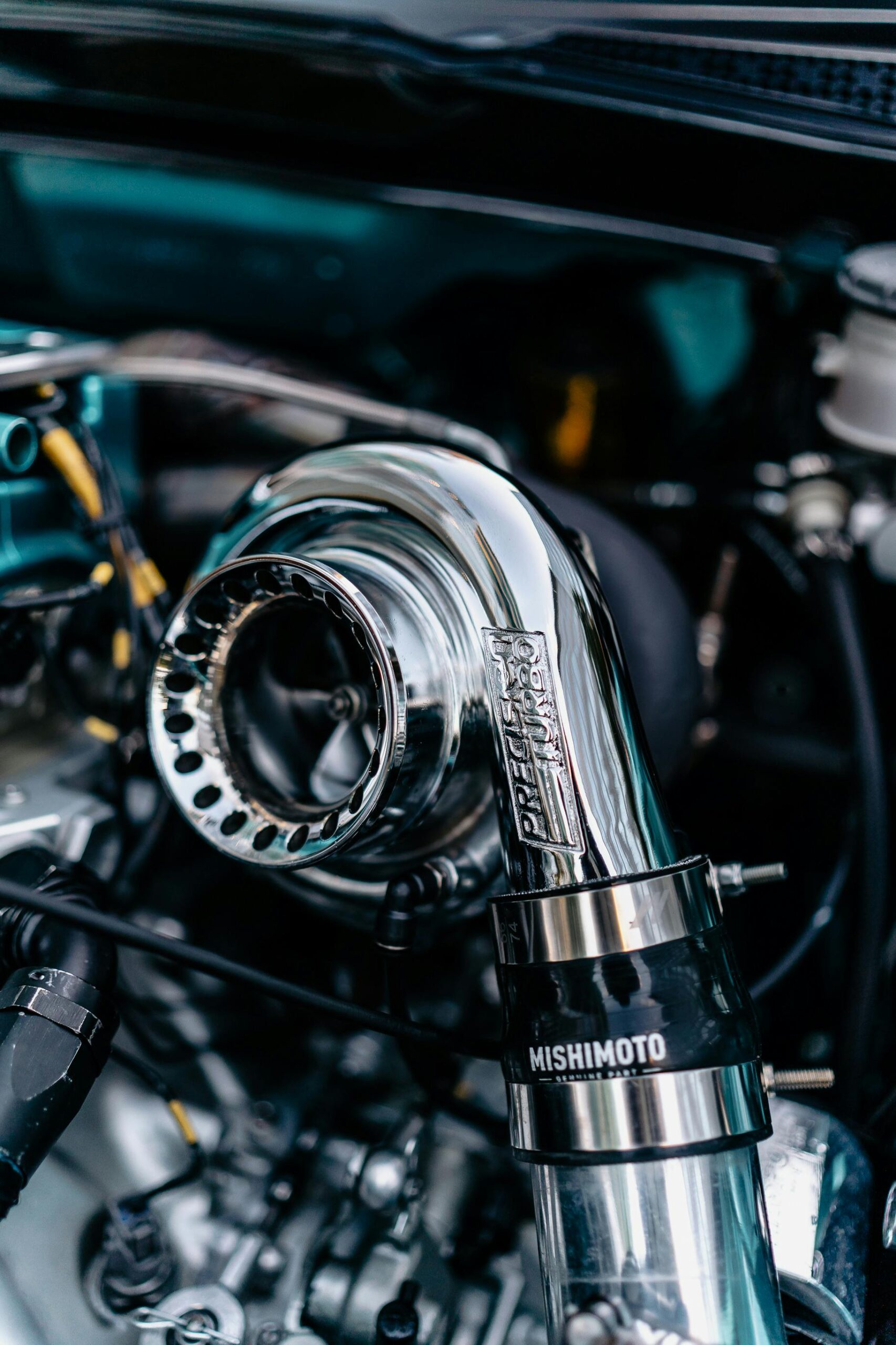Inside the Engine Bay: How Advanced Turbocharging Tech Is Changing Custom Builds
For decades, turbochargers have been the go-to upgrade for enthusiasts looking to squeeze more power from their engines. From tuner imports to muscle cars, bolting on a turbo meant instant horsepower gains and bragging rights at the track. But turbocharging technology has come a long way from the laggy, smoke-belching setups of the past. Today, advanced turbocharging systems are reshaping custom builds—offering more efficiency, reliability, and performance than ever before.
Contents
The Evolution of Turbocharging
Traditional turbos used exhaust gases to spin a turbine, compressing air and forcing it into the engine for more power. While effective, they often suffered from turbo lag, a delay between pressing the throttle and feeling the boost. Early setups were also prone to overheating, mechanical stress, and inefficiency at low RPMs.
Fast-forward to 2026, and turbocharging has evolved into a precise science. Innovations in design, materials, and electronics are giving builders new possibilities.
Key Advances in Turbocharging Tech
- Twin-Scroll Turbochargers
Unlike single-scroll turbos, twin-scroll designs separate exhaust pulses from different cylinders, reducing interference and improving spool-up times. This means more torque at lower RPMs without sacrificing top-end power—a win for street and track builds alike. - Variable Geometry Turbos (VGT)
Popularized in diesel engines, VGTs are now entering the performance scene. Adjustable vanes within the turbo housing change angles depending on engine speed, delivering consistent boost across the rev range. Builders love them for eliminating lag and maximizing drivability. - Electric Turbochargers
One of the biggest game-changers, electric turbos use small electric motors to spool instantly before exhaust gases take over. This near-zero lag design combines the responsiveness of a naturally aspirated engine with the power of forced induction. - Advanced Materials
Modern turbos benefit from lightweight, heat-resistant alloys and ceramic ball bearings. These improvements increase durability and efficiency, allowing for higher boost levels without risking failure. - Smarter Boost Control
Gone are the days of manual boost controllers. Today’s electronic wastegates and ECU integration allow builders to fine-tune boost delivery down to fractions of a PSI, ensuring consistent performance and engine safety.
Why Turbocharging Dominates Custom Builds
Efficiency Meets Power: Advanced turbos generate more horsepower per liter than naturally aspirated builds, without significantly increasing engine size or weight.
Flexibility: Whether it’s a street car needing mild gains or a full race build demanding extreme boost, turbos can be tailored to fit different goals.
Compatibility: With kits available for everything from imports to American V8s, turbocharging is accessible to a wide range of platforms.
Eco-Friendly Power: Surprisingly, modern turbocharging aligns with stricter emissions standards by making smaller engines produce big power more efficiently.
Real-World Impact
- Street Tuners: A 2.0L turbocharged four-cylinder today can rival the power of older 5.0L V8s, while maintaining fuel efficiency.
- Custom Muscle: Builders are swapping big, thirsty carbureted setups for twin-turbo V8s that make 1,000+ horsepower with refined drivability.
- Track Cars: Variable geometry and electric turbos give racers razor-sharp throttle response, critical for shaving seconds off lap times.
Challenges to Consider
While turbocharging has advanced, it’s not without hurdles:
- Heat Management: High boost generates extreme temperatures, requiring proper cooling systems.
- Cost: Cutting-edge turbos and supporting hardware can stretch budgets.
- Complexity: Installation and tuning require expertise—DIY missteps can lead to catastrophic engine damage.
Turbocharging has always been about power, but today it’s also about precision. With innovations like twin-scroll, VGT, and electric turbos, custom builders now enjoy responsive, efficient, and durable setups once thought impossible.
The future of performance tuning isn’t just bigger engines—it’s smarter forced induction. For enthusiasts, that means more possibilities to craft unique builds that combine raw horsepower with refined engineering.
So the next time you peek under a hood at a car meet, don’t just admire the polished intake or custom headers. Look closely at the turbo setup—you might be staring at the heart of modern performance innovation.

